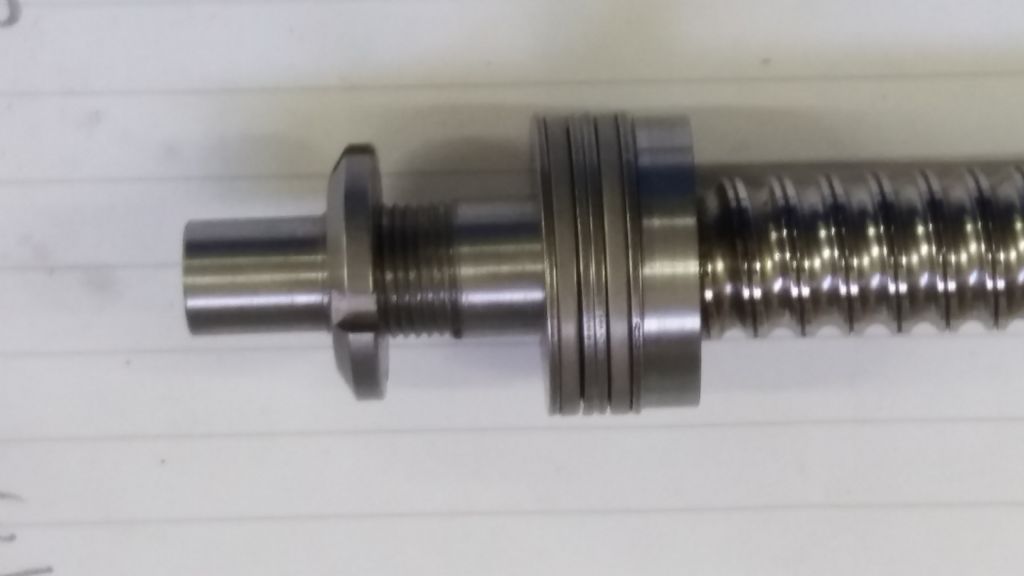Posted by Richard brown 1 on 24/01/2019 22:36:15:
Hi
Sorry for this basic question but I have only cut 1 thread in a lathe and now need to do something fairly important.
…
What's meant by 'fairly important' is the elephant in the room. It decides whether Andrew's answer is more appropriate than Hopper's.
In my workshop, I'm usually with Hopper. I mostly make threads where the only requirement is they have to fit together. The threads don't have to maximise strength or to minimise backlash. I don't bother reducing the rod slightly below nominal size, I use an ordinary 60 degree cutter, and I don't worry about getting the thread form perfect. I cut down towards theoretical depth and then test with a nut, only going deeper if the nut won't go on or jams. I usually run a file over the crests to flatten them and remove any excess diameter that may have squeezed up during cutting. Rough work in terms of precision and accuracy but plenty good enough for 95% of what I do.
Occasionally I need a better fit. My preferred approach is to rough out about 60% of the thread with a lathe and then finish off with a die. The die puts a more accurate finish and profile on the thread. If I don't have a die of the right size, and the thread needs to be a good fit for strength or backlash, then I use carbide index thread tools and take much more care with dimensions and finish. This is much more like Andrew's approach. As I'm not skilful and have poor concentration, about 1 in 4 of my 'best effort' carbide cut threads are rejects due to small flaws.
Where thread strength and fit are both paramount – like the bolts that hold aircraft wings on – it's unlikely that a high-end fastener would be made by a cutting process. Rolled threads are considerably stronger that cut threads. Most commercial fasteners are rolled for cheapness, but the posh ones are made more carefully from better metal, finished by grinding, and inspected.
If 'fairly important' only means it has to fit together with moderate strength (60-70% of theortetical), Hopper is plenty good enough. But if the thread must be strong and/or a tight smooth fit best proceed as Andrew, or compromise with a die. Finally, if the part is safety critical – essential to holding a car's brakes together – then I'd recommend buying the right commercial part.
If it's important because the thread has to be cut on an existing part that can't be replaced, practice on something else until you get good results!
Dave
Edited By SillyOldDuffer on 25/01/2019 10:42:50
 peak4.
peak4.




